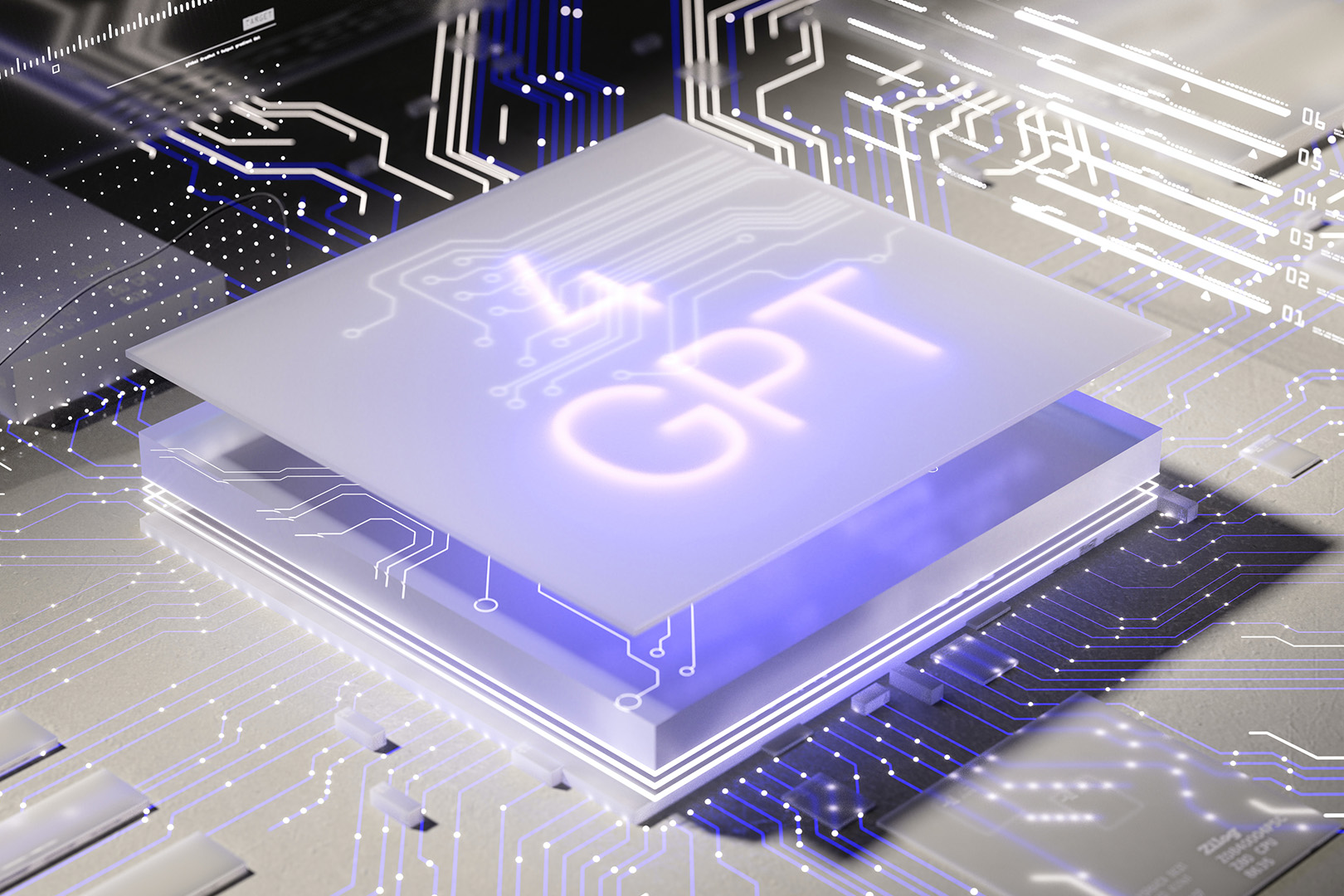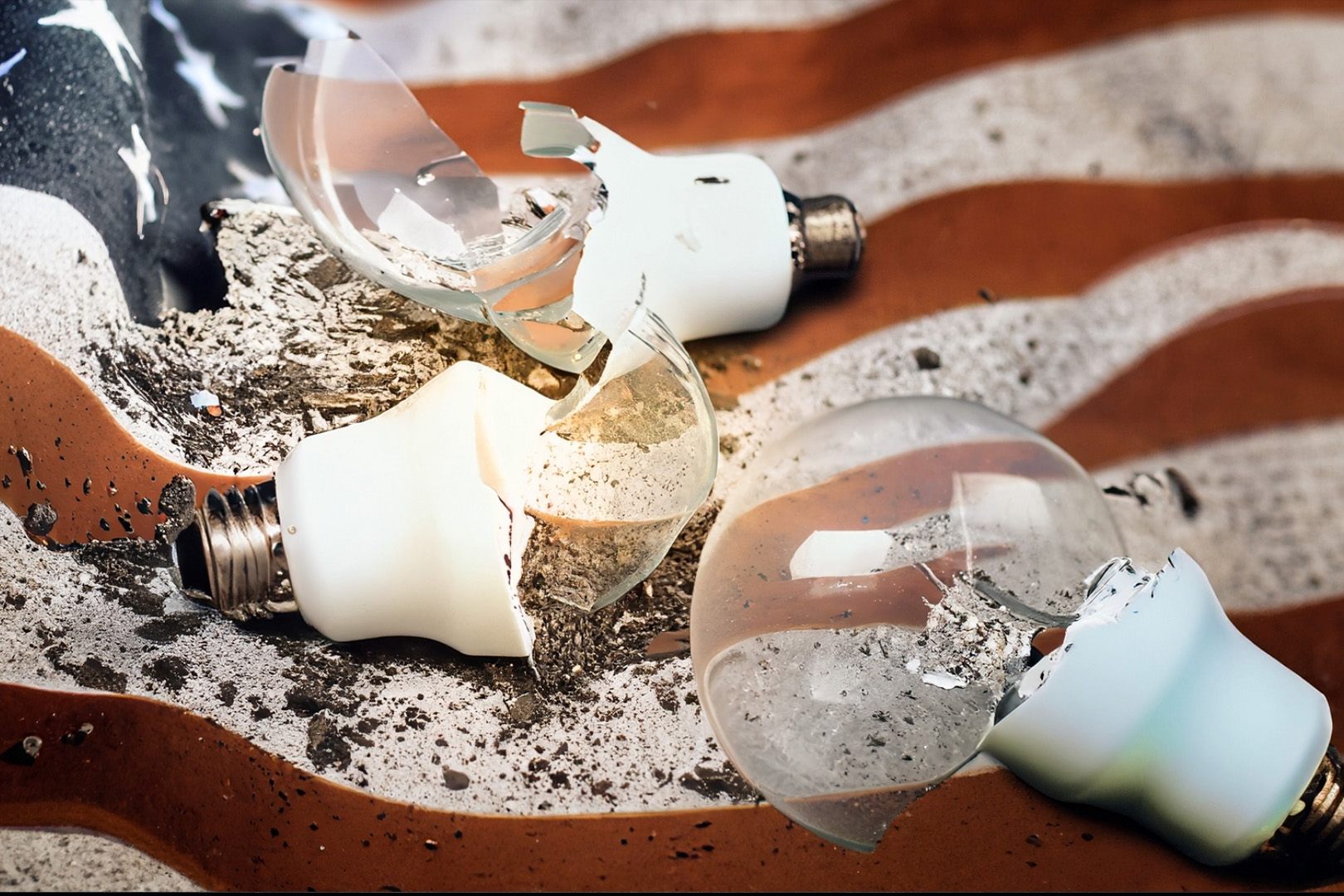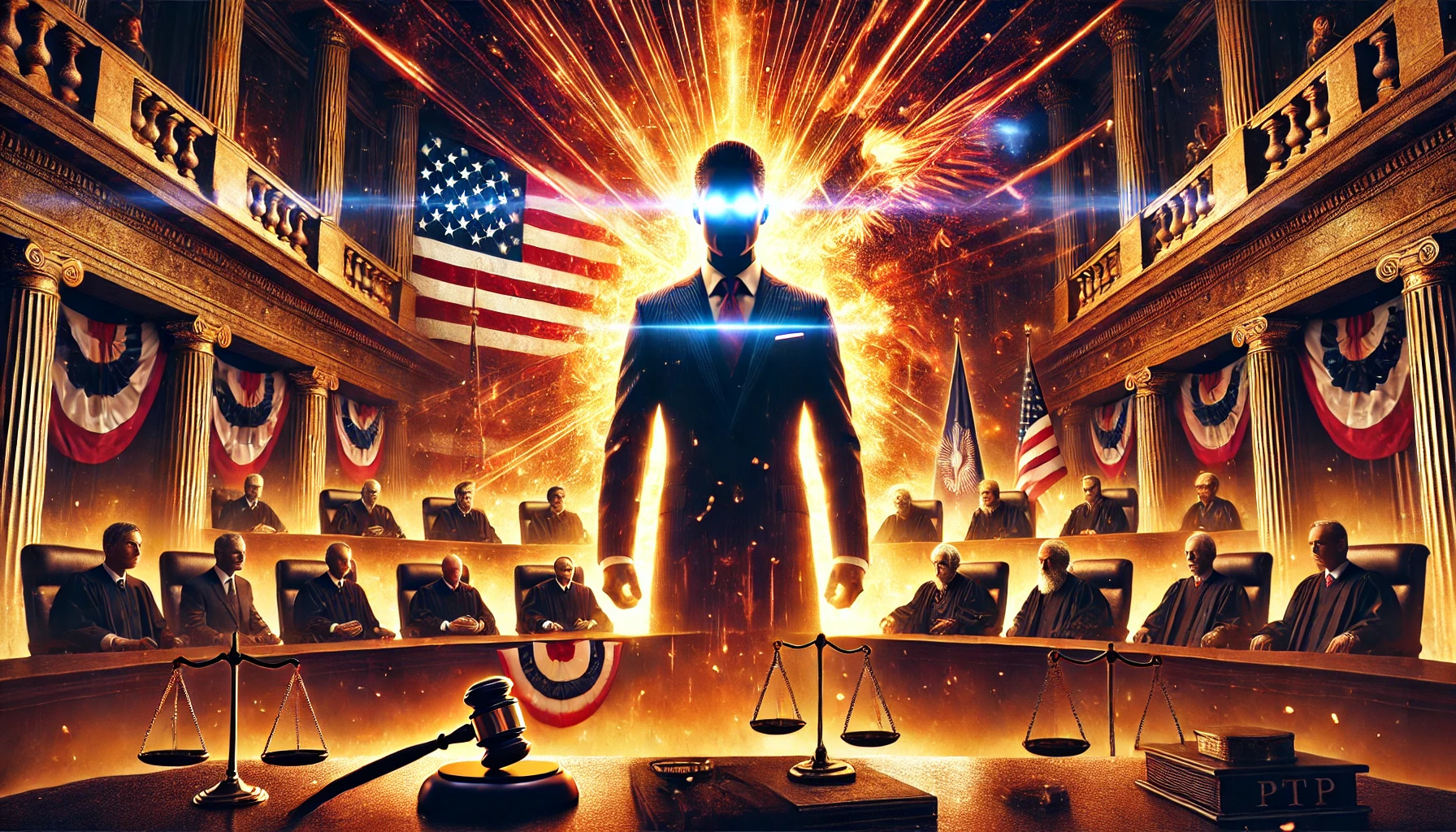
Not that long ago, replacing a heart valve required a complicated surgery. You had to have your chest opened, and your heart stopped. You had to be in pretty good shape to be allowed to receive this surgery, and even so, approximately 20% of the recipients died from the surgery. Things are quite different now because of Dr. Troy Norred.
Dr. Norred knew an individual who needed a heart valve replaced but wasn’t healthy enough for the surgery. There was no alternative for this individual, and his fate was the same as others who were deemed not able to survive the surgery – a slow death.
Dr. Norred started thinking about how a heart valve might be replaced without open-heart surgery. Other doctors and surgeons thought he was crazy. He spent an amazing amount of time experimenting with pig hearts and special valves. Eventually, he developed and patented what is now known as Transcatheter Aortic Valve Replacement (TAVR).
In TAVR, a special valve is compressed into a catheter and fed from an artery in your thigh up to your beating heart. The special valve expands and secures itself in the place of the failing valve. In most cases, the patient goes home the next day. What Dr. Norred invented is now a multi-billion-dollar industry that is saving millions of lives.
This is an example of what inventors are needed for. Certainly, not every inventor’s “wild idea” pans out. But sometimes, they do, and sometimes, that “wild idea” represents an important advancement for mankind.
The US patent system is supposed to provide an incentive for inventors like Dr. Norred to overcome all the barriers they face in developing something new. The incentive is the potential value of ownership of the invention if the inventor succeeds. Many invention efforts don’t succeed, but when they do, the inventor should reap some rewards.
A US patent is supposed to grant the inventor ownership of the invented technology. Ownership of the patented technology enables an inventor who wants to build a company to get a foothold and compete against large, vested interests. An alternative route is for the inventor to license or sell the rights to the invention. But either route for the inventor depends on the rights afforded by the patent, and those rights have been severely gutted due to a bad law pushed by Big Tech (the America Invents Act) and a couple of bad Supreme Court Decisions.
Dr. Norred is an example of what happens too often now to an inventor who invents and patents something truly valuable. Medtronic, a large corporation involved with medical devices and procedures, used the new administrative court created by the America Invents Act − The Patent Trial and Appeal Board (PTAB)− to invalidate the key claims of Dr. Norred’s patent. Medtronic is now making tens, if not hundreds, of millions of dollars from Dr. Norred’s invention. Dr. Norred has received nothing.
The mission of US Inventor is to restore an inventor’s ability to stop large corporations from using the patented invention without his or her consent. One key element of this restoration is ensuring that when an inventor is facing the theft of a patented technology, the inventor will have his or her day in a real court with a jury rather than being forced into the unjust, administrative court: the PTAB.





